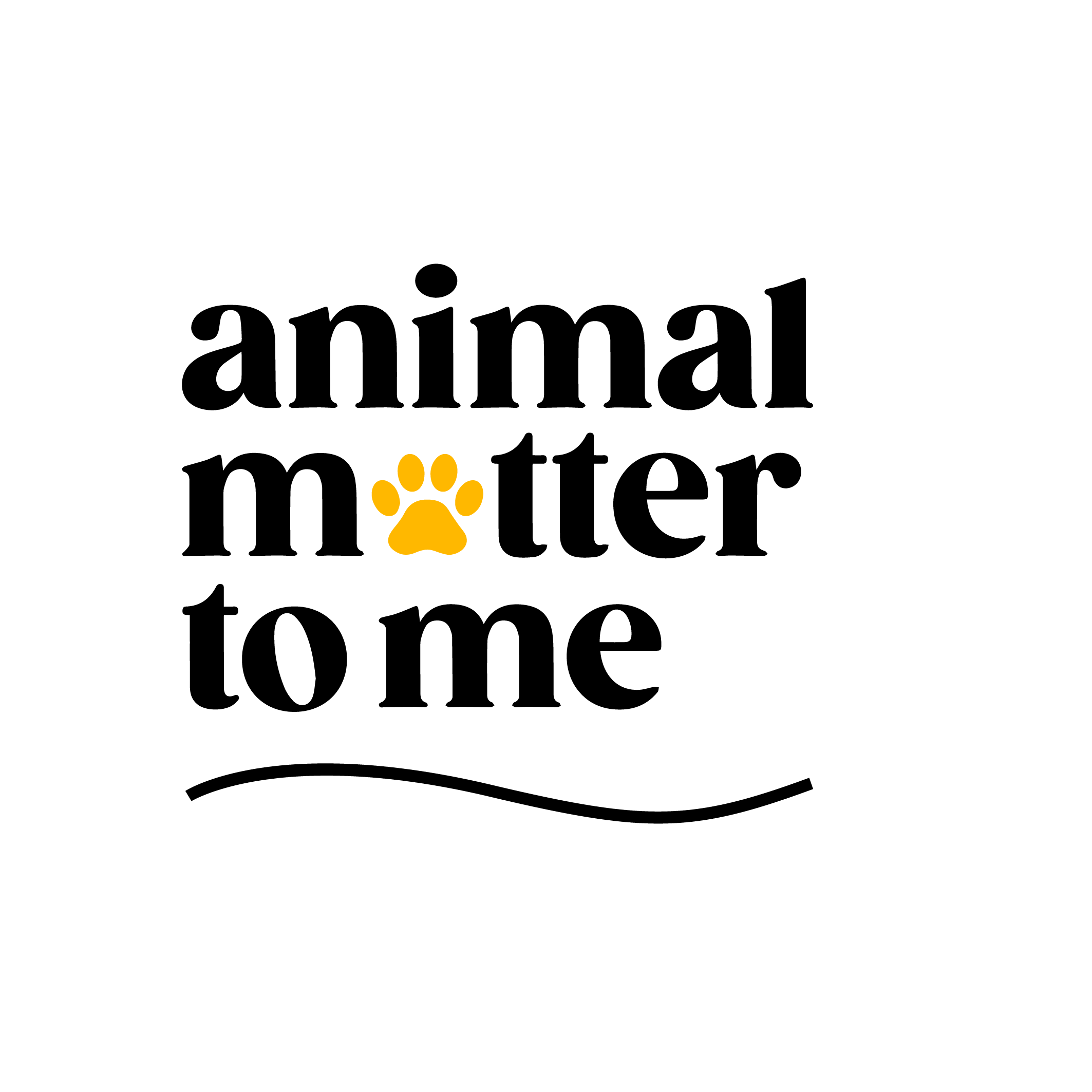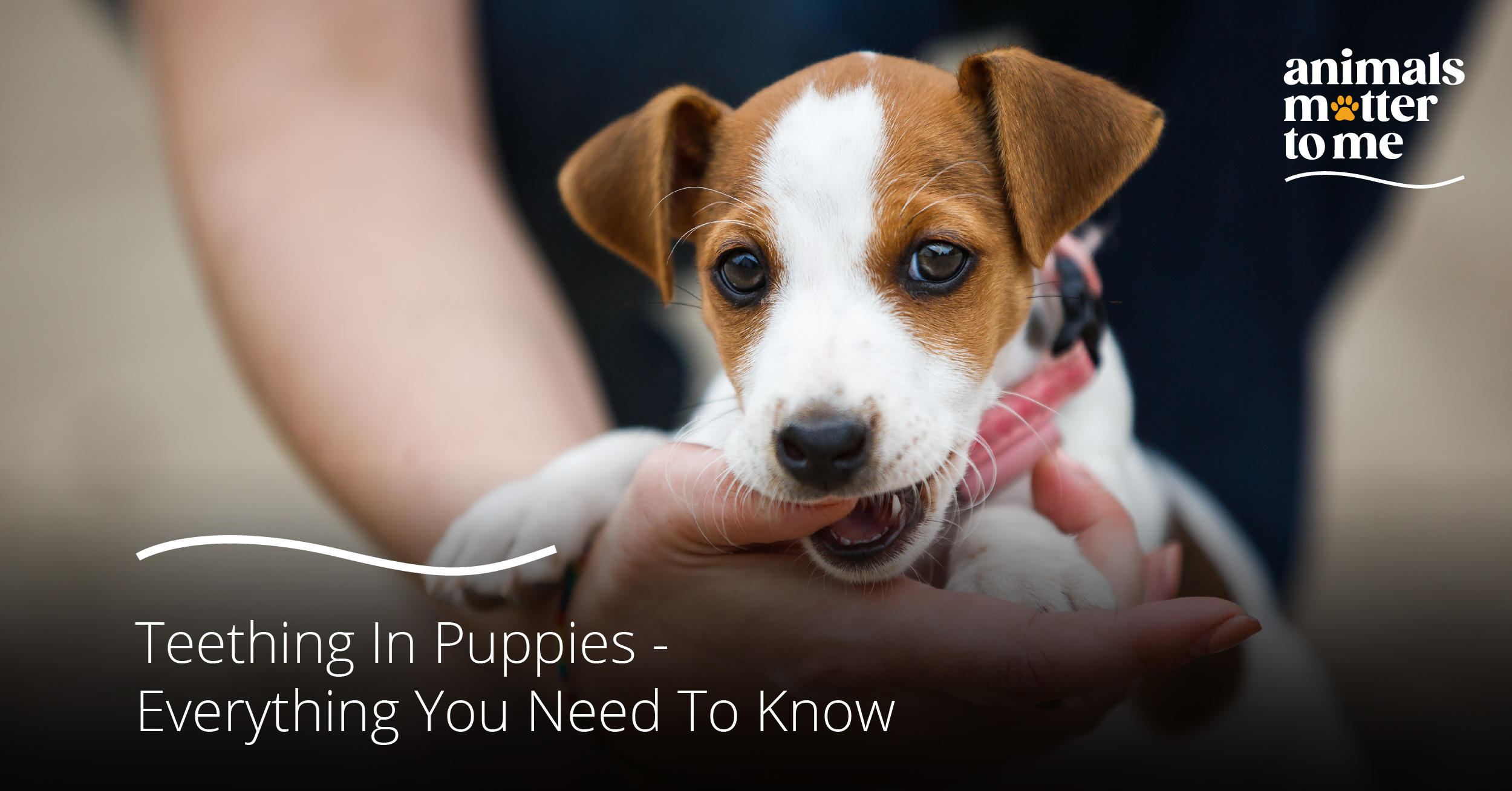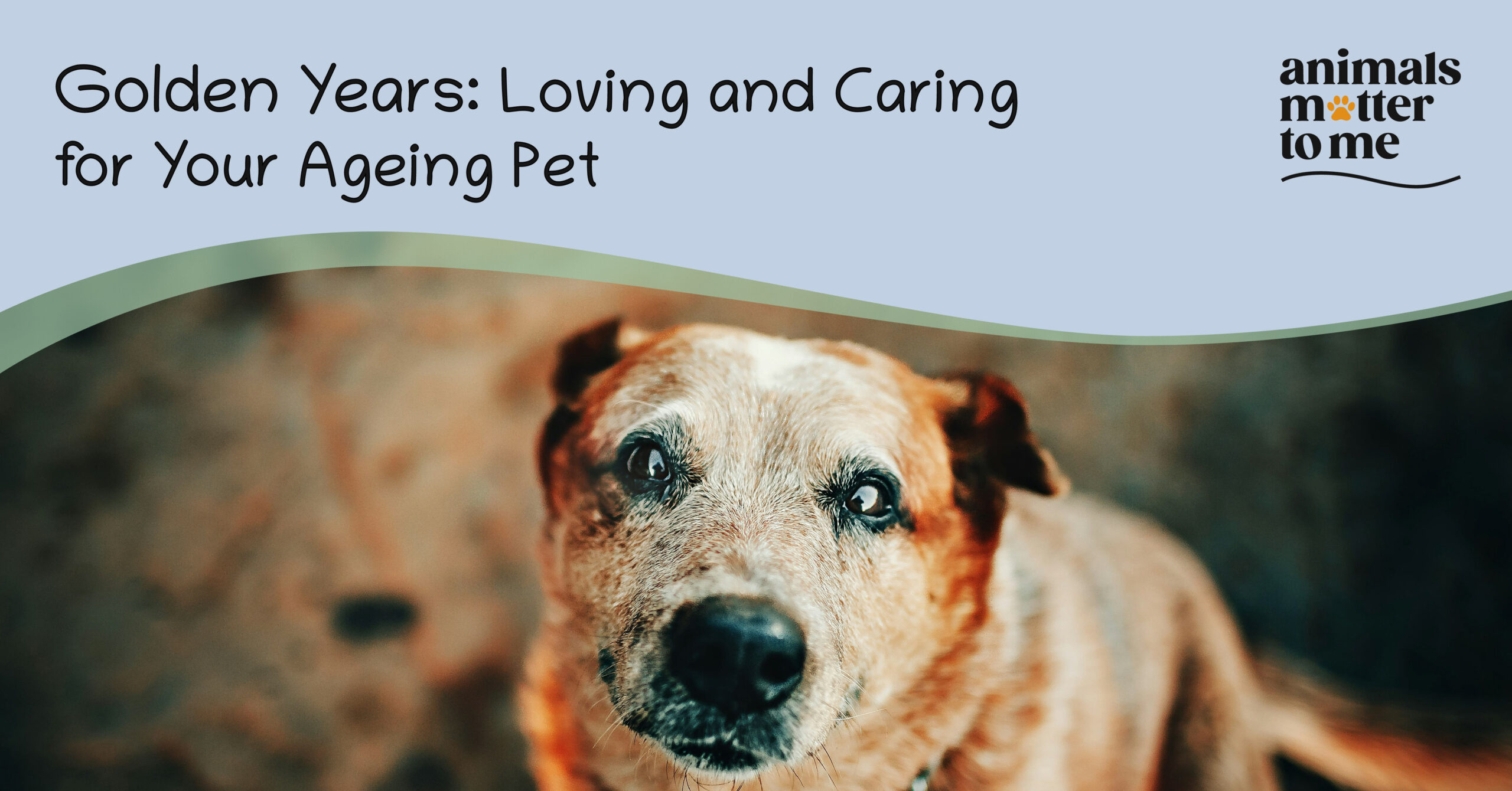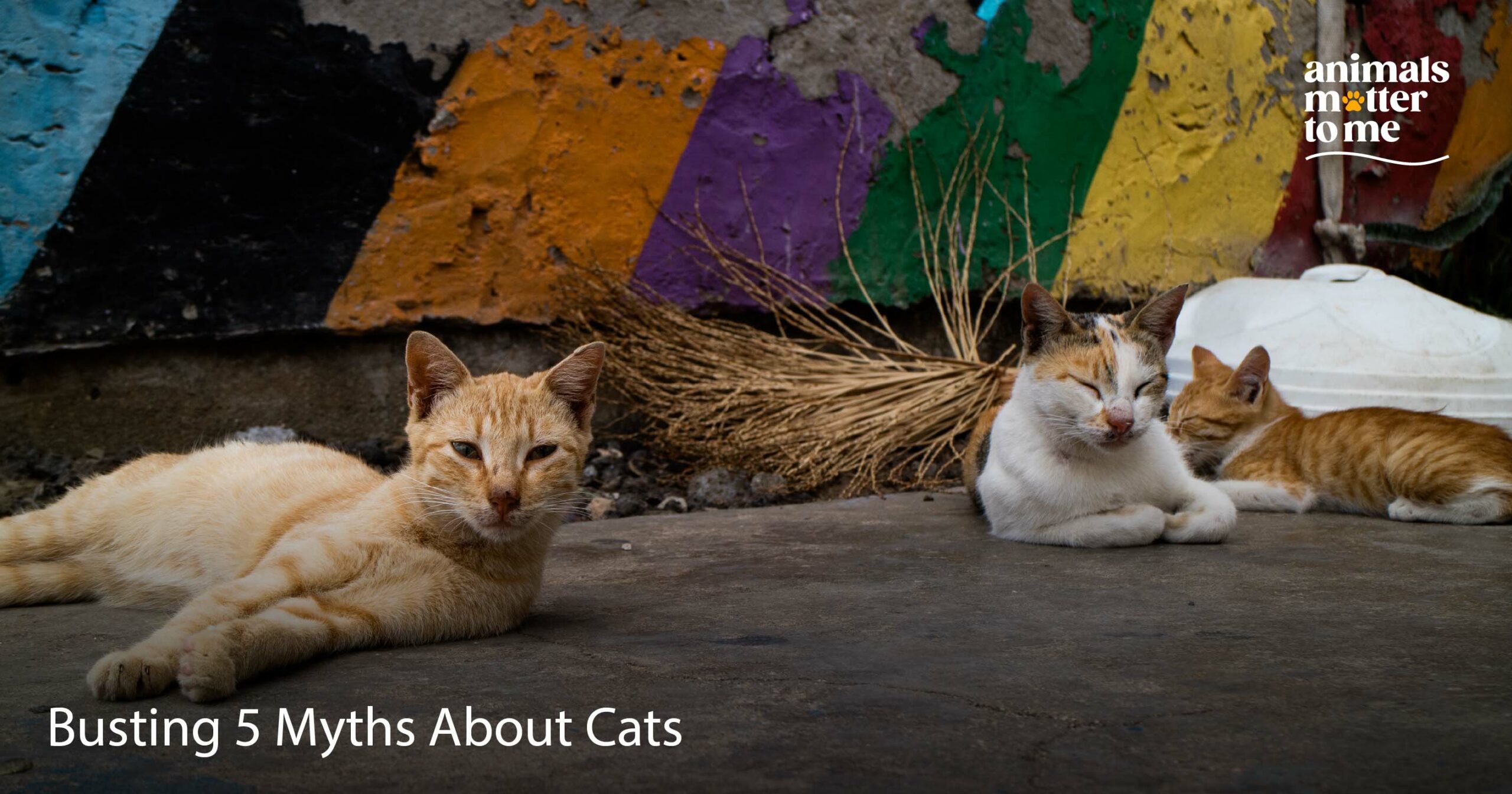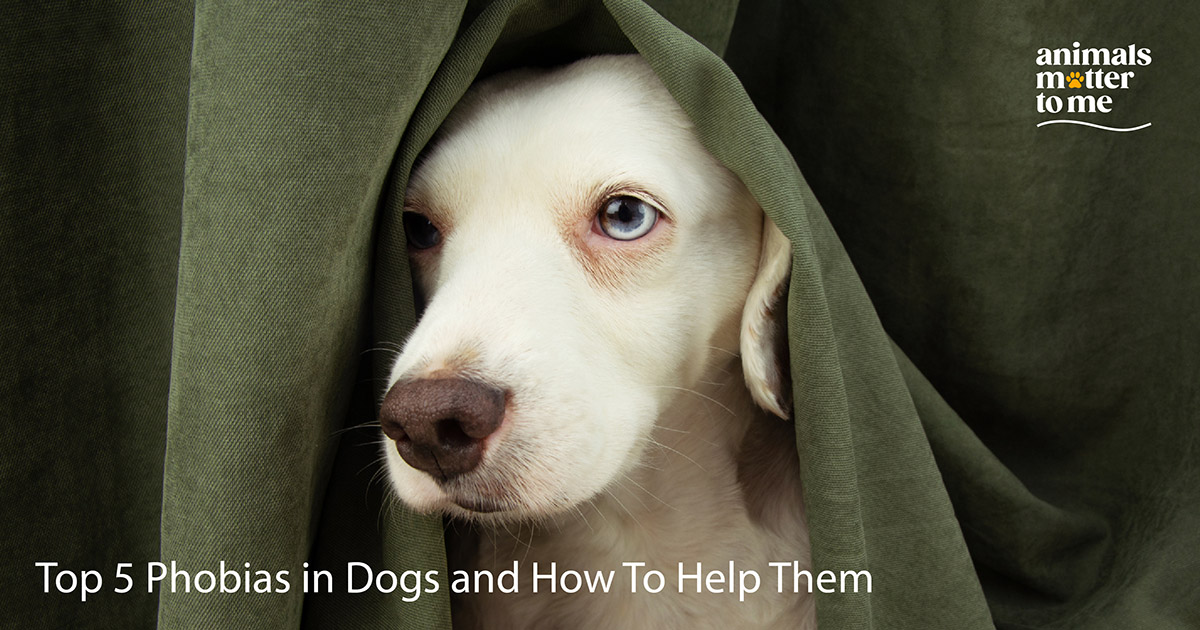Your adorable little four-legged addition to the family is going to bring you lots of love, affection, adventures – and some challenges! Here’s everything you need to know about teething in puppies and what you can do to make this experience better for you and your pet.
Puppies go through a teething phase the same way humans babies and children do. When puppies are as young as 2 weeks old, they start to grow a set of 28 tiny, razor-sharp teeth referred to as baby teeth or deciduous teeth. These primary teeth eventually begin to fall out when they’re 3 to 4 months old and your puppy will grow up to have a total of 42 permanent teeth.
As puppies grow, they explore the world with their mouths. Therefore, it’s very common for them to try nipping at your fingers, toes, shoes, couch, tables, mattresses, and everything they can get a hold of. Although this behaviour can seem troublesome, it’s completely normal for teething puppies.
The teething process is intense, uncomfortable and painful for your puppy and can last until they’re 6 months to 1 year old. However, there are many things you can do during this phase and make it a comfortable experience for both yourself and your puppy.
The first thing you need to do is to make sure you provide them with safe puppy chew toys or snacks they can chew on to soothe their sore gums and relieve teething pain. This way, you’ll be preventing your puppy from finding something hazardous to chew on. It’s also important to always supervise your puppy’s chewing and playtime as they could end up hurting themselves.
The best objects to offer teething puppies are rubber teething toys, edible chew sticks, frozen fruits, etc. depending on your puppy’s size and level of activity. It’s always best to ask a veterinarian about the safest chew toys for your puppy.
You then need to teach your puppy that it’s not okay to bite you. You can do this with simple actions or commands and by rewarding good behaviour. For example, you can start by letting your puppy know that nipping you is bad by exclaiming ‘ouch’ and replacing your finger with a puppy chew stick.
By doing this, you will teach your dog that it’s bad to chew people. This will also teach them to chew their treats and toys and help keep your hands and furniture safe from their sharp teeth!
